Hey, we're starting a new category for you this week! Hope you’re up for it. But before I get to that, I wanted to bring your attention to a wonderfully cool and bent thing that we recently did. I wasn’t involved in any way, I just saw it when it went live and it knocked me out. so now I’m sharing it with you!
So recently it was announced that manga creators Sanshirō Kasama and Hikaru Uesugi, fresh off of the success of their DEADPOOL: SAMURAI manga, would be launching a new feature in SHONEN JUMP, the weekly manga magazine. This new manga, SECRET STEWARD, is a romantic comedy concerning the exploits of a young trainee butler looking after a strong-willed and independent mistress. VIZ would be publishing the serial in English in real time alongside the Japanese release. So this week, the first installment dropped—and it truly has to be read to be experienced, no words of mine are going to do this justice. Fortunately, I’ve provided you with this handy link.
I Buy Crap
Yes, this new section is going to be about the fact that I have little self-control and am likely on a weekly basis to buy all sorts of crap that I love but really don’t need. I’m fortunate to be in a position where I can afford to do this sort of thing, and I wind up taking full advantage of the impulse. Which means that my home is bulging with all sorts of items that can’t comfortably fit into the room allotted for them. But I can’t help it, I love them all.
I didn’t buy a thing at San Diego Comic Con this year. And the reason was simple: anything that I purchase, I’m going to have to carry with me across a couple of different airports and back to my home. I never check bags if I can afford it, so every item that I add to my belongings translates into weight. Especially with my messed-up leg, the less of that I had to lug around, the better.
But once San Diego was in the rear view mirror, I had a hankering to pick up a copy of UNCANNY X-MEN #94. This was, bar none, the hottest collectible book when I was growing up—moreso than GIANT-SIZE X-MEN #1, which featured the first appearance of the All-New X-Men. And the reason was that UNCANNY X-MEN #94 had been a reprint title the months immediately prior to its release, and so this issue only had the print run of one of those, making it difficult for fans to locate once they discovered the new X-Men and wanted to fill in the remainder of the run. Memorably, UNCANNY X-MEN #94, though only a few years old, was commanding the ridiculous price of $25.00 back during my youth, an unheard-of sum for so recent a comic book.
I owned one once, purchased at a Creation Convention in New York City around 1981. I had gone to the show with my buddy Israel Litwack, and we had decided beforehand that he was going to get a GIANT-SIZE X-MEN #1 and that I would buy UNCANNY X-MEN #94. And so we did. I can remember having to give it to Israel to transport home on the train for me, because I was worried that my father would find out that I’d dropped $25.00 on a 25 cent comic book and hit the roof. But as far as I know, he never found out.
So what happened? Well, in 1985, in the very heart of my fascination with Japanese anime, I wanted to attend Lunacon in New York where a bunch of the fans who contributed to the Amateur Press Alliance that I worked on, TRELAINA, were going to be gathering. I didn’t have the cash on hand to make the journey, though—so for the first and only time in my life, I went through my collection, culled a number of books with some value to them, including my UNCANNY X-MEN #94, and went over to my comic shop, CAPTAIN BLUE HEN in Newark, Delaware, to sell them. I was in no way a good salesman, and so the owner, Paul Stivak, got a great deal on the books I brought him. But the purchase fronted me enough cash to go to Lunacon, and there I met people who’d become some of my closest friends for the next several decades, so it was all worth it.
Still, the fact that my UNCANNY X-MEN collection went solidly back to #95 bugged me. And just as taking over AVENGERS had led me to buy a copy of AVENGERS #1 for $90.00 back in the day, the fact that I had UNCANNY X-MEN #1 coming out prompted me to go looking for an affordable copy of the missing issue. And I found it, and you can see it above. it cost me more than $25.00 this time, though.
And the thing is, it’s not as though I needed it. Not only had I read the story before, but I’ve got it reprinted in a dozen formats in hardcovers and trade paperbacks that are scattered all throughout my library. But there’s something about having the actual, genuine object itself that just feels different and more satisfying somehow. I don’t know what it is, apart from collector’s disease or something. Still, as I said at the start, I could afford the purchase, and so I made it. I don’t drink, I don’t do any sort of recreational drugs, I’m having to change up my diet and give up a lot of the foods that are most attractive to me (I’ve eaten like an 11-year-old for decades) so I have relatively few real vices. But comic books are definitely one.
I still don’t own a copy of GIANT-SIZE X-MEN #1, though. Hmm…
Questions! You got ‘em, we answer ‘em. And then some of you complain about the answers afterwards. It’s the circle of life! So let’s keep that wheel rolling along by tackling what you all were wondering about this past week:
Charles Williams
Did you have any particular feelings about Phil's heel turn and death in later years? It felt quite out of character to me.
I tell you, Charles, it was so many years after Phil’s solo GREEN GOBLIN series that it didn’t bother me in the slightest. I thought that Dan Slott used him effectively there and made him a valuable character again for the first time in years. And the fact that Phil’s powers had stemmed from both being splashed by the Goblin formula and then repeatedly using a high-tech mask that hadn’t properly been calibrated for him excuses any change of personality to me.
Jeff Ryan
What part of seeing the work in progress of a comic gets you the most excited? Script? Pencils? Inks? Lettering? Colors? Final proofs? Or the reader reaction?
The nicest bit for me, Jeff, is when you get the finished book in, and it’s a real thing. And then, I open it up and immediately find the glaring mistake that will haunt me thereafter.
Ben Morse
love hearing about your time on New Warriors and appreciate your affection for and attempts to salvage the concept. Maybe after the Deathlok column has run its course we could get a similar NW diary? 😊
It’s entirely possible that I’ll try this, Ben. But I don’t really know that there are as many worthwhile stories associated with that NEW WARRIORS run. While I wasn’t yet an expert at the time of working on it, I was much more settled into the job than I had been on DEATHLOK.
Sean Stoltey
What do you recall of Marvel Now! And All-New Marvel Now!? There is a LOT going on in SO many books. It didn't feel overwhelming at the time since I read as they came out, but feels like a lot right now. Not a complaint. Great stuff. Was there just a sense that anything Avengers related at the time was flying off the shelves? There is so much content, and Infinity followed by Original Sin followed by Axis and so on. How did you keep it all in order and shipping out? Must have been exciting times.
Honestly, this is almost too large and broad a question to tackle in the letters section, Sean. So I’m afraid that you’re mostly going to have to wait until some of thee books cycle up in our Comic I Worked On section to get a lot of details. But to answer your broad question: no, it was the same old fight to keep and grow sales that it always is. We always tried to do new and cool things, and some of them worked and some of them didn’t. Par for the course, really.
Christiant
First: Where can I continue to read about Xavier? In which book?
Second: As a lifelong enjoyer of Arthurian stories, I was over the moon at the mention of T.H.White’s “The Once And Future King.” Like every fan of two things ever made, I have tried to see parallels between the two. Is there indeed some cross-pollination or am I reaching too far?
I hate to spoil anything for you ahead of time, Christian. But in the short term, there’s a consequential flashback to Xavier in the opening pages of UNCANNY X-MEN #2, on sale next month. As to those cross-pollination moments, I expect that there were—and they were all the work of writer Alex Paknadel. So he could give you a better answer that I could, given that I didn’t really directly work on that vertical comic, it was edited by the always excellent Darren Shan.
Thom B
The question about editorial input on costumes has me wondering... how does Marvel editorial manage the "sexiness" of art in comics books?
I know tastes for sexual gratuity has fluctuated over time... I guess I'm curious to your thoughts about when to try to purposefully sell sex, when to allow it in small doses, and when to shut it down. Do your vision documents or a writer's series pitch have the sex-o-meter baked in from the outset? Does the desired sexiness (or lack thereof) influence what artists to pick? Do editors ever send pages back to an artist if the artist is making indecent clothing choices, or if a figure is being over-sexualized on a given page?
It’s all really a matter of judgment calls, Thom. And there are a number of people who are involved beyond the editor. There’s the Editor in Chief, the VP of Sales and in extreme cases the Publisher and President as well. And the reality is that, like so much else, our standards aren’t a solid state thing, but pendulum back and forth depending on the zeitgeist at that particular moment. That all said, there’s always going to be a certain amount of base sex appeal to almost any super hero designs by the nature of the genre.
Nerd slayer
Deep editor question here; was wondering about the choice to go with a double hyphen (--) in "From the ashes -- a new beginning!" Can you talk about why you went with the double hyphen instead of an em dash (—), or a comma, or an ellipsis?
I just liked the way it looked that way better, Nerd. Sometimes the answer is as simple as that.
Zac
I’m curious about legacy characters. When the decision is made to take an established character off the table and replace them, what is the long term plan for both characters? This isn’t meant to sound negative in any way. We know the established character will return eventually and pick up their mantle again in almost all instances. Usually the legacy character kind of fades after that. I look at characters like Riri Williams, Amadeus Cho, Lin Lie, Victor Alvarez, and Joe Garrison who all got a push of some kind taking over their respective mantles. The audience didn’t seem to support them as much even with critical acclaim in some instances and then they either became back up characters or faded away almost entirely. Miles Morales, Kamala Kahn, and Laura Kinney and Kate Bishop to a lesser extent seem to be the exceptions to the rule. Sam Wilson too, but he was well established as Falcon before taking on the mantle of Cap. Internally, is there a discussion as to whether or not to make a new character a legacy character or just a new character with a new mantle all together? What do you all see as what tends to work or not work and what the benefits may or may not be to making a new legacy character. I’m a huge fan of Amadeus Cho and the original Heinberg/Cheung Young Avengers and miss seeing some of those characters in play. Lin Lie and Joe Garrison feel like they barely made a blip and we hardly got to know them before they faded away. I find this incredibly fascinating and would love to hear your thoughts on it.
I think in some ways you’re misinterpreting how we go about this, Zac. We don’t generally come up with a character and then, partway through the development process, decide that they ought to be a legacy character. Rather, most legacy characters are conceived and created to be exactly that. And at any point that we introduce any headline character, legacy or not, our long term plan is to hopefully create something that resonates with enough readers to become an ongoing concern. And sometimes that happens, and sometimes it doesn’t. And sometimes it happens for a while. But there isn’t any one-size-fits-all approach to this, apart from just trying to do good stuff each time out.
Andrew Seal
I have a question about something you wrote regarding the marketing of comics. You wrote, "if [DC is] relaunching titles with new creative teams and new directions, then they’re probably leaving money on the table by not starting with a new #1." Why would that be the case?
You had a lot more to say on this in your question, Andrew, but I try to keep this section brief, so apologies for cutting it all short. But the answer is: because new #1s always, always, always sell better than issue #32s or whatever. You may not like that, you may not believe that it’s true, but take it from me, it very much is. So if you’re making the choice to continue a numbering, you’re doing so with the understanding that the launch in question is probably not going to move as many copies, and get in front of as many eyeballs, as a new #1 would. But that can be a valid strategy for any number of reasons. More often than not, though, everybody in the field likes money and needs it in order to keep the lights on and the office functioning. So more often or not, a new launch is the best way to go in such instances.
Corey
I wanted to ask about the 'Nuff Said promotion from back in the early 00's. I can't imagine promoting that a comic had no words was going to boost sales, and probably only disrupted pacing and storylines that had already been planned. What was that like behind the scenes?
As with a lot of things in that era, ‘NUFF SAID was a Bill Jemas idea in concert with Joe Quesada. Bill had become enamored with the idea that comic book storytelling could be successful at communicating ideas and stories without even needing any words, and it was his notion that all of the Marvel books in a given month would be presented as silent. I think there was some other smaller silent story that we did around then that prompted this response from Bill, but I can’t remember what it might have been. Anyway, Bill’s “dream big” conception of “NUFF SAID was that we’d be able to get other companies to play along and do the same thing that month, and he even extended it to newspaper strip cartoonists. Of course, none of that wound up actually happening, and “NUFF SAID was only a so-so Event in terms of success. A lot of the books suffered from being presented silently, and only a relative few really took advantage of the concept to do something meaningful with it. Grant Morrison, of course, cheated in his NEW X-MEN issue by including a single word balloon at the end to clarify his story for anybody who might not have been able to follow it. So this was an interesting challenge, but not really a commercial success.
Christopher Krayer
I've noticed in the last few years more swearing dialogue in the big two than before. What are your or Marvel's guidelines on allowing characters to curse? One of my favorite writers (who did some Marvel work, but now mostly is with the competitor) puts a LOT of cursing into his dialogue, making it distracting and taking me out of the story often due to needing to translate which word is being used, and then trying to figure out if it's a verb or a noun, etc. For me, I don't see the need for superheroes to swear often. Maybe in a mature readers or a Red Band comic it's ok, but in that instance I'd like to see it fully written out, not censored. I understand the readership is maturing, but isn't it better to keep the words clean so I can hand these down to my kids?
Just like the question concerning costuming, Christopher, this usually comes down to individual taste and judgment. And we have all sorts of titles in our line, some of which I’d be more comfortable with having characters curse in (depending on what you mean when you talk about cursing. Are you think of specific words, or just wingdings or what? Seems from your note like more the latter) than I might in others. But we’ve been doing it for at least thirty-plus years, and so I think it is what it is at this point.
Rob Secundus
are we meant to take it that Nightcrawler has rejoined the Catholic Church, re-entered seminary, been ordained, and become a priest again, or are we to take it that he just has a job as a non-denominational Chaplain at this hospital?
Boy, there were a lot of questions like this one this week, Rob, with certain fans getting downright upset about what they were afraid was happening. And the answer is no. All you’re meant to take from that scene is that Rogue asked a question in a very specific circumstance, and Kurt answered her. Nothing more than that, nothing less.
Tobia Brunello
I was reading Fantastic Four 21 and noticed that there seems to be a pretty clear discrepancy from the Free Comic Book Day story: there we had seen Reed and Sue investigating Sundeath while in Arizona, while in FF 21 Reed is in New York with Alicia when the world plunges into darkness.
The thing that puzzles me is that the editors of the two stories are exactly the same (Martin Biro, Annalise Bissa, and of course you, Tom Brevoort). Is there an explanation or was it just such a glaring oversight?
You are absolutely right, Tobia, and that was completely a screw-up on our part. Those two scripts were produced well apart from one another, and it wasn’t until we were readying the FCBD story to go to print that we realized the discontinuity. Unfortunately, at that point, there wasn’t much we could really do about it in the time we had, so we wound up shrugging our shoulders and figuring (or hoping) that most readers wouldn’t be too bothered by it. But you’ve got us dead to rights, it’s another of what Stan Lee used to call a “boneheaded mistake.”
Jim MacLeod
I know every history story has multiple versions with varying degrees of accuracy, but what do you think has been the most faithful story of Marvel's history?
Oh, I don’t know, Jim. I think that almost any recounting of history is going to have some slant to it, some personal bias on the part of the author that colors the accounting. Heck, my recollections in this Newsletter don’t always jibe with those of some of the parties being discussed. That’s one of the reason why I’ve valued Gregory Wright’s comments on the DEATHLOK series, and why I post them every week—to provide a second perspective on the same events. There are a bunch of decent histories out there concerning the formative days of Marvel—I actually think that Sean Howe’s book is pretty good, despite the complaints that people have put forward about it. But I don’t know that there’s any one definitive text that I could point you to, sorry.
Mark
it's a shame that Phoenix is not in the classing costume. Was it a deliberate editorial decision to go with a new version or just the artist's prerogative? More broadly, it does sometimes feel as if the occasional moves away from the most iconic versions of a character's look are based on a desire to have more 'realistic' looks.
Well, I love that classic Dave Cockrum design, Mark. But there’s no getting around the fact that it’s very much a product of the 1970s. I might have maybe tried to keep it or only modify it a little bit if Jean were going to be appearing in a team context. But as a solo character, I felt that she needed an outfit that worked in 2024. I was using an old unpublished piece that Jim Lee and Scott Williams had done as my inspiration, but where we ended up was a bit removed from that design too. And it was all the work of PHOENIX editor Annalise Bissa and of course artist Alessandro Miracolo.
bic
Why should readers interested in the new mutants/students angle of the franchise read Exceptional X-Men now when Uncanny is already doing that, and with more students to boot?
You know, this is only about half a step removed from asking, “Why should readers buy other super hero comics when SUPERMAN is still being published?”, bic. And the answer is that what EXTRAORDINARY X-MEN is going to be doing is something different, with different characters. That said, it’s always up to you completely what and how many books you choose to follow. And really, there are going to be new mutants cropping up all over the place, not solely in those two series.
Chritine Lloyd
As an editor, how do you handle personal character biases in your writers? I'm guessing you've always had to - because comic book writers usually start out as fans of the books they are writing, and most likely have strong opinions on the characters, pairings, etc. Also I know the writers have personal biases on characters they personally didn't create and are taking on from another writer. For example? How would you handle a writer who disliked Tony Stark, and was writing the Avengers? Or Captain America? Or say a writer didn't like Jean Grey or Wolverine or Cyclops? Do you just keep the character away from them, or out of their sand box? And what if you can't? Also, if the writer is brilliant in other respects, it seems like something that can be just be....reigned in?
As a general rule, Chritine (I’m spelling your name this way because that’s what your comment said, but I feel like it ought to be Christine, yeah? Maybe I should have just said Lloyd) the whole reason that you hire somebody is for their perspective on the characters, and part of that is going to be their biases, what characters they like and which ones they don’t. I think it’s unrealistic to expect any creator to have exactly the same perspective on each individual hero and villain that I do. So I articulate what I think when and where that is called for and appropriate, and if people want to do something that I think is out of bounds for a character—say, have Nightcrawler teleport some bad guys into the airless void of space and leave them to die—then I step in and tell them that that seems to be out of character to me. And then, the creator and I talk and negotiate and compromise. But in most cases, writers who don’t like a particular character aren’t going to be looking to write them. So if a writer didn’t like Tony Stark but wanted to write AVENGERS, it’s entirely possible for them to do so, provided that the editor is fine with eliminating Iron Man from the roster. If not and they still take the gig, then it’s down to that creator to come up with some take on the character that they like and can be invested in. That’s a part of the job as well.
Behind the Curtain
What we have here is a promotional advertisement that Marvel put out in 1973, running it in distributor trade journals and a couple of comic book convention program books. And as you can see, it commemorated a milestone moment in the history of the firm: the first time that Marvel’s cumulative sales had surpassed those of rival DC—something that wouldn’t have been considered a possibility a decade earlier. I also find it interesting that a retail outlet such as 7-11 was taking in 6 cents worth of profit from every 20 cent comic book sold. Which, honestly, really doesn’t seem like all that much. Assuming that a 7-11 moved, say, 1,000 comic books in the course of a week—which, frankly, seems like an absurd number, but I don’t really know—they would be bringing in a total of $60.00 for their troubles. Doesn’t really seem worth it, does it? This is why all throughout the 1970s, more and more outlets stopped carrying comic books as a product. And once video games came into vogue, many stores realized that they’d make a lot more profit by replacing their spinner racks with Space Invaders cabinets. You’d only need to have gamers play 240 games in that same span at a quarter a pop to brig in the same return.
Pimp My Wednesday
.Another week of plenty from my office this week!
FANTASTIC FOUR #23 is the first half of a two-part story in which the earth is bombarded with strange subatomic particles, causing the FF to break out their old Jack Kirby-designed Reducta-Craft from the 1960s so that they can go microscopic and work out what is going on. Oh, and Johnny gets choked by an alien in it—you’ll see just what that means. It’s written as usual by Ryan North with illustrations from guest artist Ivan Fiorelli.
And in the category of Things You Never Thought You’d See, this week also kicks off a four-issue team up between Earth’s Mightiest Heroes and the Japanese kaiju-fighter, Ultraman. Brought to you by writers Kyle Higgins and Mat Groom and artist Francesco Manna, ULTRAMAN X AVENGERS builds upon our previous three ULTRAMAN projects and has fun contrasting the different worlds of the Avengers and Ultraman. It’s a bunch of fun.
And of course, there’s also X-MEN #2 from Jed MacKay and Ryan Stegman. Reaction to the roll-out of our new X-line has been overwhelmingly positive, and this issue will keep up the momentum, as the X-Men race to San Francisco to locate another unexpected mutant activation. But when they arrive there, they find the city under siege by invading aliens! What’s the cause? You’ll need to read it to find out! This issue also features the final chapter of DEADPOOL/WOLVERINE: WEAPON X-TRACTION by Ryan North and Javier Garron for good measure—and for no extra cost!
Also, coming from the Darren Shan editorial office is the inaugural issue of X-FACTOR, written by Mark Russell and drawn by Bob Quinn. I’ll be interested to see what the response to this series is like because it’s not quite going to be what everybody expects, I think. Mark is a very clever, very subversive writer, and he’s interested in exploring the culture of fame and the pervasiveness of cameras in our society—so this book is probably more satirical than many expect. it definitely has a unique flavor in the X-Lexicon.
A Comic Book On Sale 60 Years Ago Today, August 11, 1964
By the time that AMAZING SPIDER-MAN #18 came out, artist Steve Ditko was doing the majority of the plotting on the series as well as illustrating each issue. And Steve, it seems, was interested in charting some new territory—territory that made editor and scripter Stan Lee a bit uneasy, but that he allowed to happen nonetheless. At the end of the previous issue, Spider-Man was forced to flee from the midst of a life-and-death battle with the Green Goblin as he’d gotten news that his Aunt May was deathly ill and might not have long to live. Consequently, he was branded a coward by Daily Bugle publisher J. Jonah Jameson, and he hasn’t been seen in weeks by the time this issue opens up. And he still isn’t seen by the end of this issue—Ditko spends the entire time with Peter Parker trying to take care of his Aunt and to find some way to cash in on his spider-powers to pay her medical bills. He tries to license his likeness to a trading card company, but since he’s currently in disgrace, and he attempts to sell his web-fluid formula to a company that manufactures adhesives, but they aren’t interested in a glue that evaporates and loses its hold after an hour. At the same time, Spidey’s friends and colleagues worry about him and search for him. Coming across the Sandman while on his way across town, Spider-Man ducks into a nearby phone booth and alerts the police, not daring to mix it up with Sandy in fear that he might get injured and leave Aunt May without a caregiver. By the end of the issue, Aunt May proves that she’s a fighter, and she inspires Peter to put on his costume once more and make the world eat their words about Spider-Man being a coward. But for the entire issue, there isn’t any battle with any colorful super-villain or gangster. The whole issue is devoted to the sort of neurotic hang-ups that had come to characterize Peter Parker. It’s honestly a bit of a classic, and completely off-beat for a super hero title during this time, and it helped to expand the range of what sorts of stories Marvel could do. Jim Shooter has relayed that when he was working for DC as a kid, the editors over there couldn’t make heads or tails of what the appeal of Spider-Man was. They were convinced that no kid would want to read so many pages about Peter Parker at home taking care of his sick Aunt. But that was the stuff that endeared readers to Parker, the real key to his longevity and popularity.
A Comic I Worked On That Came Out On This Date
AVENGERS TECH-ON #1 came out just a couple years ago, on August 11, 2021. It was a tie-in to a line of high-end action figures of Earth’s Mightiest heroes that were being produced by S.H. Figuarts in Japan. As the toys all involved the Avengers getting a power-up by adopting super-powered armor, that’s what the series did as well. What made the timing strange is that we’d only just produced the AVENGERS: MECH STRIKE limited series, which was also a toy tie-in series for an entirely different line of action figures and which had the Avengers all piloting giant robots. In both cases, my instructions to the creative team were almost identical: take this seriously, treat it as though you were doing issues of the main AVENGERS title, and don’t make fun of the absurdity of the concept. I also had a really good creative team for this particular assignment. Jim Zub was already working on Avengers projects and he was familiar with the landscape of Japan where this story was going to take place and also with the particulars of the tokusatsu genre that it was emulating. And artist C. Chamba had a very fluid anime-inspired style that made him a great fit to render the incredibly detailed power suits that the Avengers were forced to don after the Red Skull had stripped them of their powers. The covers were done by Eiichi Shimizu, a Japanese artist who was also one of the key designers of the toys. So the series was a lot of fun, and hopefully a lot more in keeping with the tone of a typical Marvel comic than such tie-in titles sometimes are.
The Deathlok Chronicles
As is now tradition, we begin this segment with comments on our last bit from DEATHLOK co-writer Gregory Wright:
Gregory Wright
I'm surprised you had the same issue with the "reluctant hero" thing on Green Goblin with Bob with Tom writing it. Tom certainly had more clout as a writer (not to mention his being EIC unless he was writing that after he left staff) Strange. I honestly do not recall scripting any pages of this issue...maybe you just asked if I would and that was enough to get the last pages from Dwayne. If I DID...I likely just followed the dialogue Dwayne had in his script. It really was a shame Walter never worked out. Even as he got better, everything just looked like it was bulging out of every panel in a bad way. I can remember being surprised you just didn't have Kevin taking over...but now understand how messed up the schedule was and you just had zero choice in the matter. It's a shame the schedule made you use multiple letters and colorists, which doesn't help the issue. AH well. It was a surprise to me to learn Dwayne was leaving after this story arc. He hadn't really been talking to me very much...likely due to personal issues and how much work they were doing to prep for Milestone...which he also never told me about. I was somewhat hurt by being out of this loop, but understood that they were keeping it a secret and telling me might have cause a leak. The news that Dwayne was leaving though, meant you and I had to have conversations about just where the book was going to go now that there would be one voice guiding it from the creative side. I had hoped this might mean we would finally get a stable art team...but there was still a couple months of you needing to contend with the schedule...
By that point, Tom was no longer Editor in Chief, he was back to simply being a freelance writer. And Bob was the EIC of the Spider-Man portion of Marvel’s publishing line. You definitely scripted the final three or four pages of that issue, and did so on jig time, which is probably why you don’t recall it.
We had reached a crisis point and beyond by the time DEATHLOK #24 got under way. The prior issue was so late, missing its initial ship date, that I now somehow needed to get both #24 and the double-sized #25 done simultaneously in just about a month. And to make matters worse, I didn’t have an artist. So it became a mad scramble on my part to find warm bodies that could complete these two issues in the time we had. I was more concerned with #25, since it was a double-sized special and would also be carrying the book’s second enhanced cover. That one needed to be finished on time and needed to look good. Consequently, #24 became something of a sacrificial lamb, a book that had to be completed any way that was possible but not an issue that I was going to be able to obsess over and take tremendous care with.
Scrambling to find somebody who’d be able to take on this issue, I wound up getting in touch with Grant Miehm. Grant was a good, solid artist, but he really wasn’t the right fit for DEATHLOK. His work tended to favor square-on middle shots, and it didn’t have the edge of darkness that the character really required. He’d done other projects that were more in his wheelhouse, such as THE SHIELD for DC’s IMPACT! line, but he wasn’t really the right flavor for DEATHLOK. But beggars can’t be choosers, and so I put him on the issue with its impossible deadline, and I counted upon inker Greg Adams to keep the result from looking too foreign. But it still doesn’t fit into the run very well. Grant was between regular assignments at this moment, so he was really hungry to take over the title full time, a fact that he made overt on a couple of occasions. I didn’t really have any interest in that whatsoever, but needing him to get this job done, I simply nodded slightly each time he enquired as to this possibility and remained tacitly noncommittal.
There was a small kerfuffle concerning the villain in this story. Dwayne McDuffie had initially named him The Edge thanks to his proclivity for using bladed weapons made of vibranium. But it turned out that Carl Potts, the EIC of the licensed segment of Marvel’s publishing line at the time had a character in mind that he intended to introduce in PUNISHER at some point that he was calling The Edge. Now, Carl hadn’t done this yet—and in fact, never would—but the very fact of his intent made Bob Budiansky instruct me that we’d have to change the name of our villain. Which wasn’t all that easy, as it seemed like every replacement name we came up with had some problem. Finally we landed on Killjoy, a name that Dwayne wasn’t really happy with because it doesn’t really have much of anything to do with the character as conceived. But at that point, we didn’t have all that much time, and we’d already gone through a number of other options. I seem to recall that there was some conflict with the Killjoy name further down the line, but at that point I had had enough and said Fuck It, and kept it the way it was.
Monofocus
I spent this past week working my way through all ten episodes of BATMAN: CAPED CRUSADER on Amazon Prime, the new animated series overseen by Bruce Timm and produced by Ed Brubaker among others. And I liked it, but almost in spite of itself. The real essential difficulty that the show has is that it exists squarely in the shadow of the 1990s BATMAN: THE ANIMATED SERIES, widely considered to be the best adaptation of the character ever done. For all that CAPED CRUSADER has more latitude in terms of what it can get away with in terms of both violence and subject matter, the writing never quite rises to the same heights as the best episodes of B:TAS. And visually, because it too is based around Timm’s design sense, it looks cut from very much the same cloth. But I enjoyed its attempt to ground everything in a more realistic world (well, apart from the ghost) and to produce completely new spins on many of Batman’s most established enemies. I don’t think that all of them completely worked—in particular, the show’s version of Harley Quinn was a big swing-and-a miss for me. But overall, it was a perfectly good show and I enjoyed it for what it was. (I do think that perhaps CAPED CRUSADER was the wrong title for it, as that phrase invariably brings back memories of the Adam West television series from the 1960s, and that approach is worlds away from what this series is attempting to be.)
I’ve also been reading PANEL BY PANEL by Paul Kupperberg, his autobiography that focuses especially on his time working at DC in the 1970s and 1980s. I feel as though I have a pretty thorough working knowledge of what Marvel was like at any given time, but DC in these periods is a bit of a black box to me, so I love getting these behind-the-scenes tales of what working there at that time was actually like on a day by day basis. I’m still only about halfway through the book, but it’s been pretty great so far.
And finally, along with so many others, I read Kōhei Horikoshi’s concluding chapter of his long-running manga MY HERO ACADEMIA. And I thought it was a lovely swan song note to go out on. MHA has achieved incredible worldwide popularity, and its outsider’s take on American-style super heroes is at once totally holistic and also quite impactful. It’s no wonder that so many younger readers have taken it to their hearts, and I counsel anybody who wants to make super hero comics these days to read and study it—more than just about anything else introduced in the same time period, it found a large universal audience. so it must be doing something right—and it clearly was. I came to the series late, starting with the anime during the Covid lockdown. I found the initial two episodes a bit hard to get through, but I stuck with it, and by the time they got to the school in episode 3, I had found the series’ rhythm and gotten on board. I watched the 100-or-so episodes that existed at that point, then switched over to the manga, wanting to see where the story was going. Being me, of course, I started with the first volume, working my way through the 27 existing volumes at that point in just over a week. It can be dangerous to immerse yourself in a world that thoroughly for such an extended span of time, but the strip was wonderful and often impactful, and I enjoyed it a lot. Since then, I’ve followed each (semi-)weekly installment through the SHONEN JUMP app. I’m sort of sad that it’s finished now, but doing any strip for more than a decade has to take its toll, and its story has been wrapped up satisfactorily. (I would also recommend the series’ spin-off MY HERO ACADEMIA: VIGILANTES, which had a shorter run and was set a decade or so before the events of the main series, but maintained an interesting dialogue with the parent strip all throughout its run.)
Posted at TomBrevoort.com
Yesterday, I wrote about the Five Best Comic Books of 1970.
And five years ago, I wrote about The Last Captain America Story.
Next week, more of the same nonsense from this quarter. If you’ve read this far, then you know what to expect. So steel yourself, and in seven days, I ought to be back again with more of the same!
Hat’s All, Folks!
Tom B

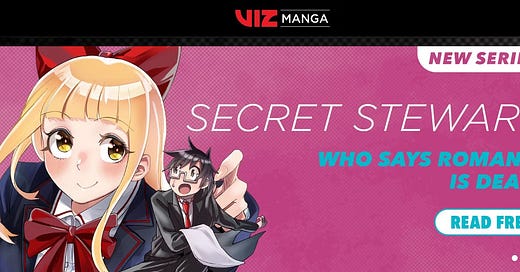



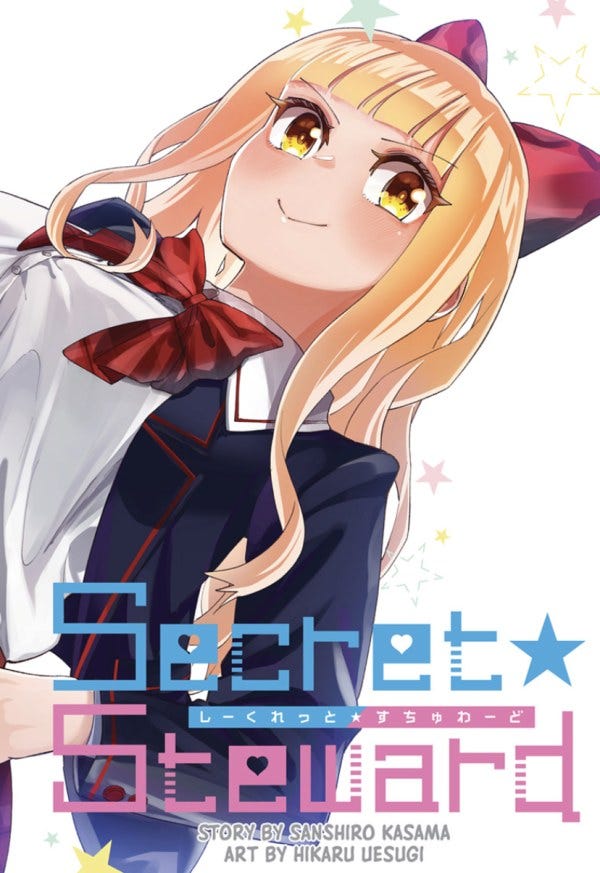
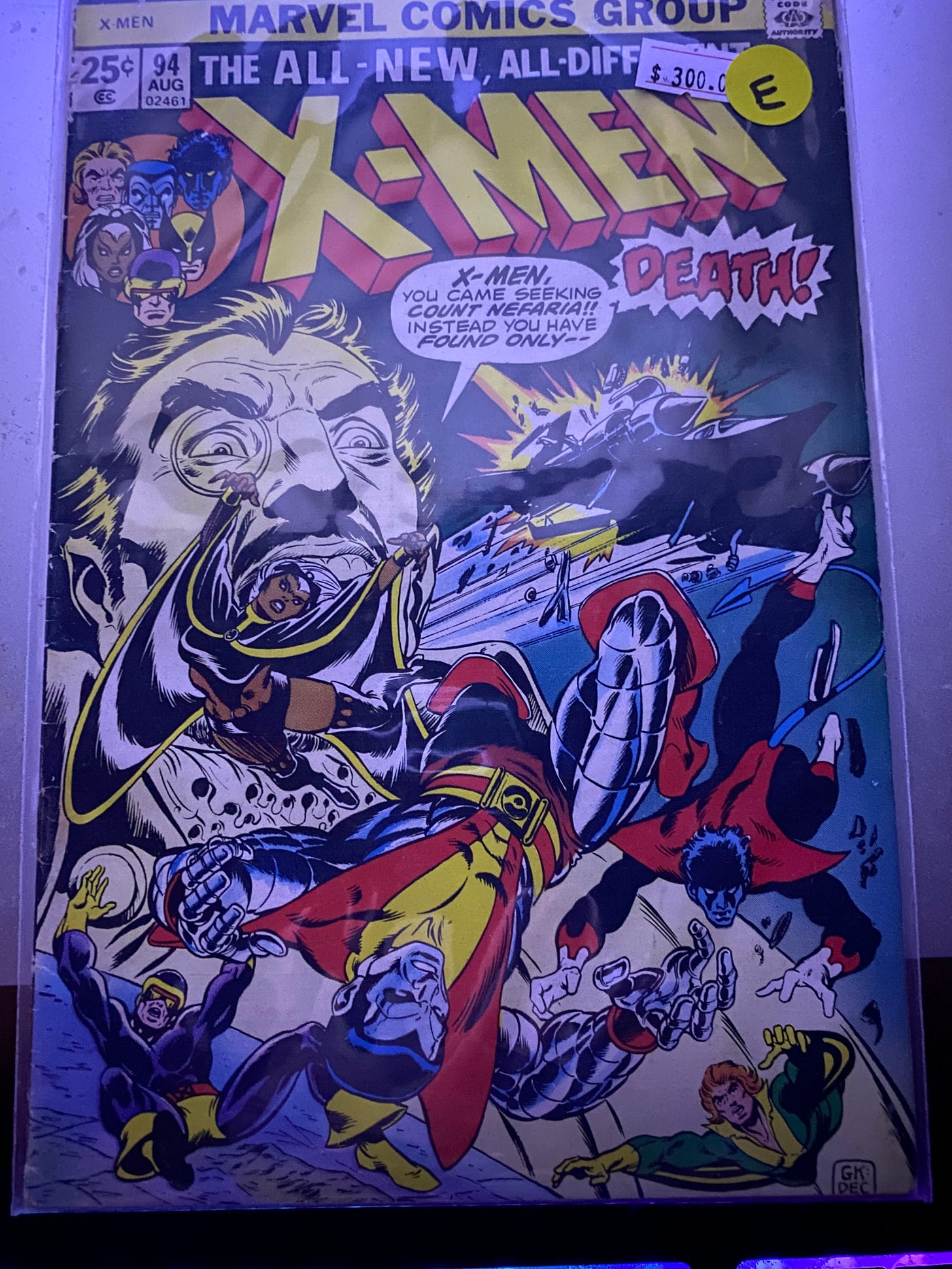
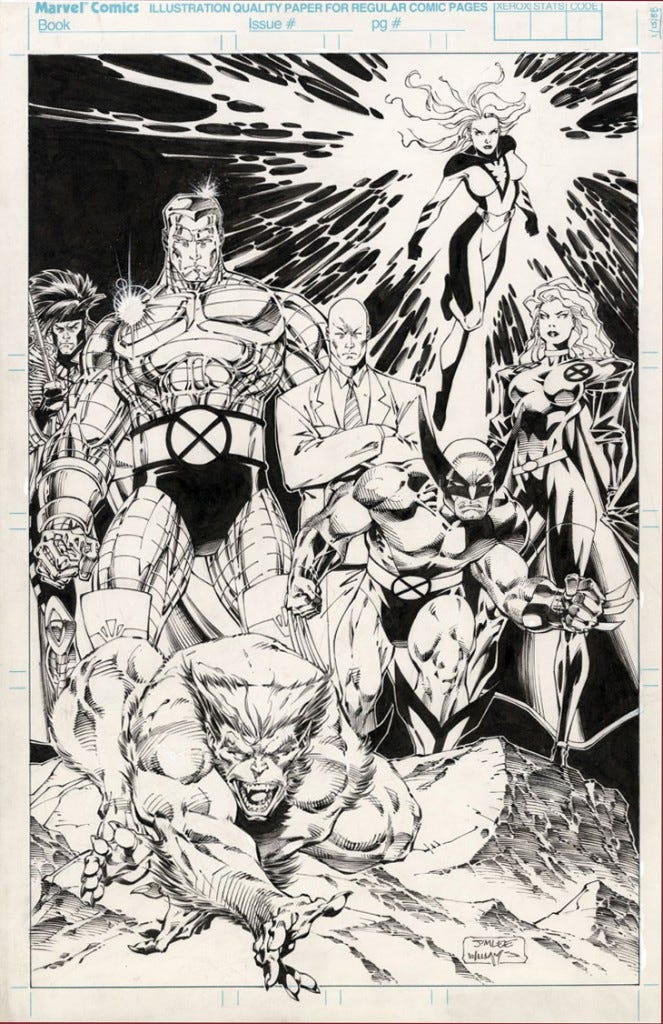
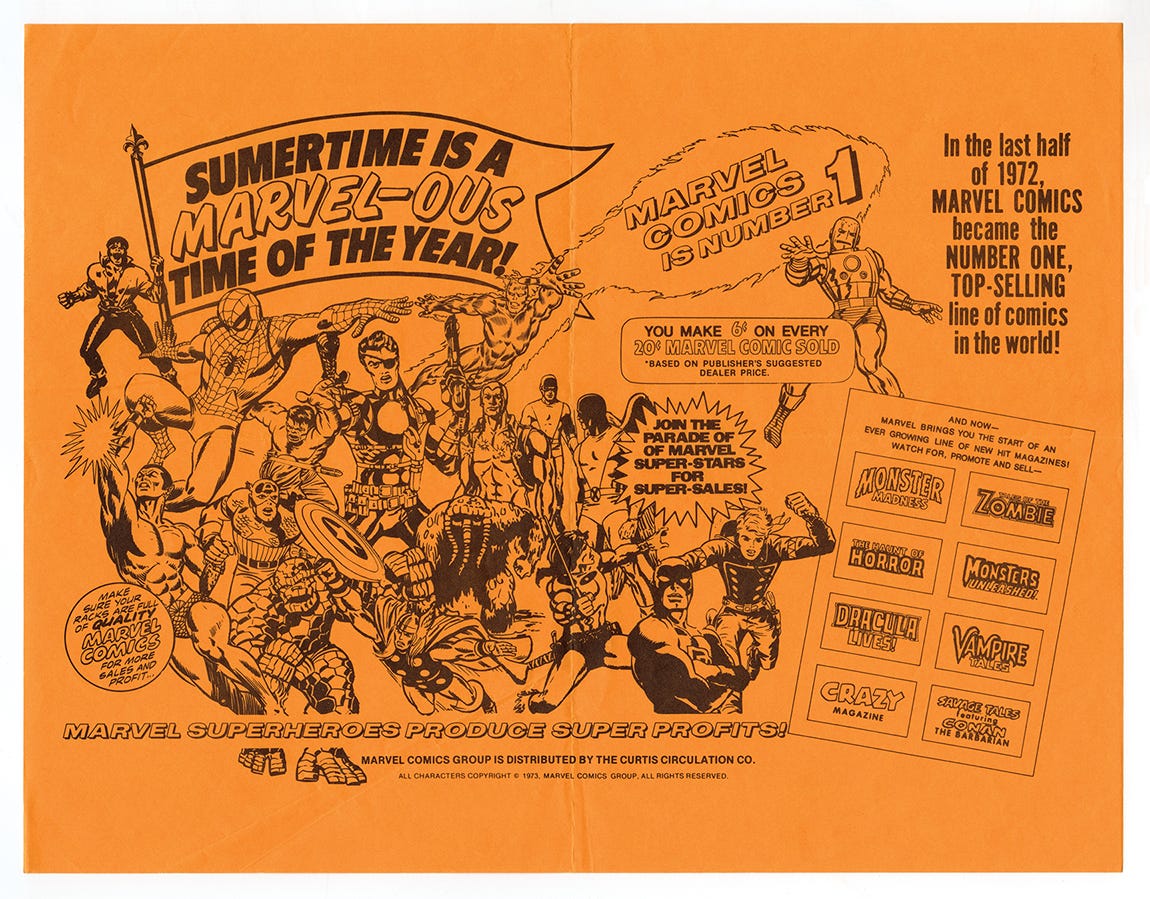
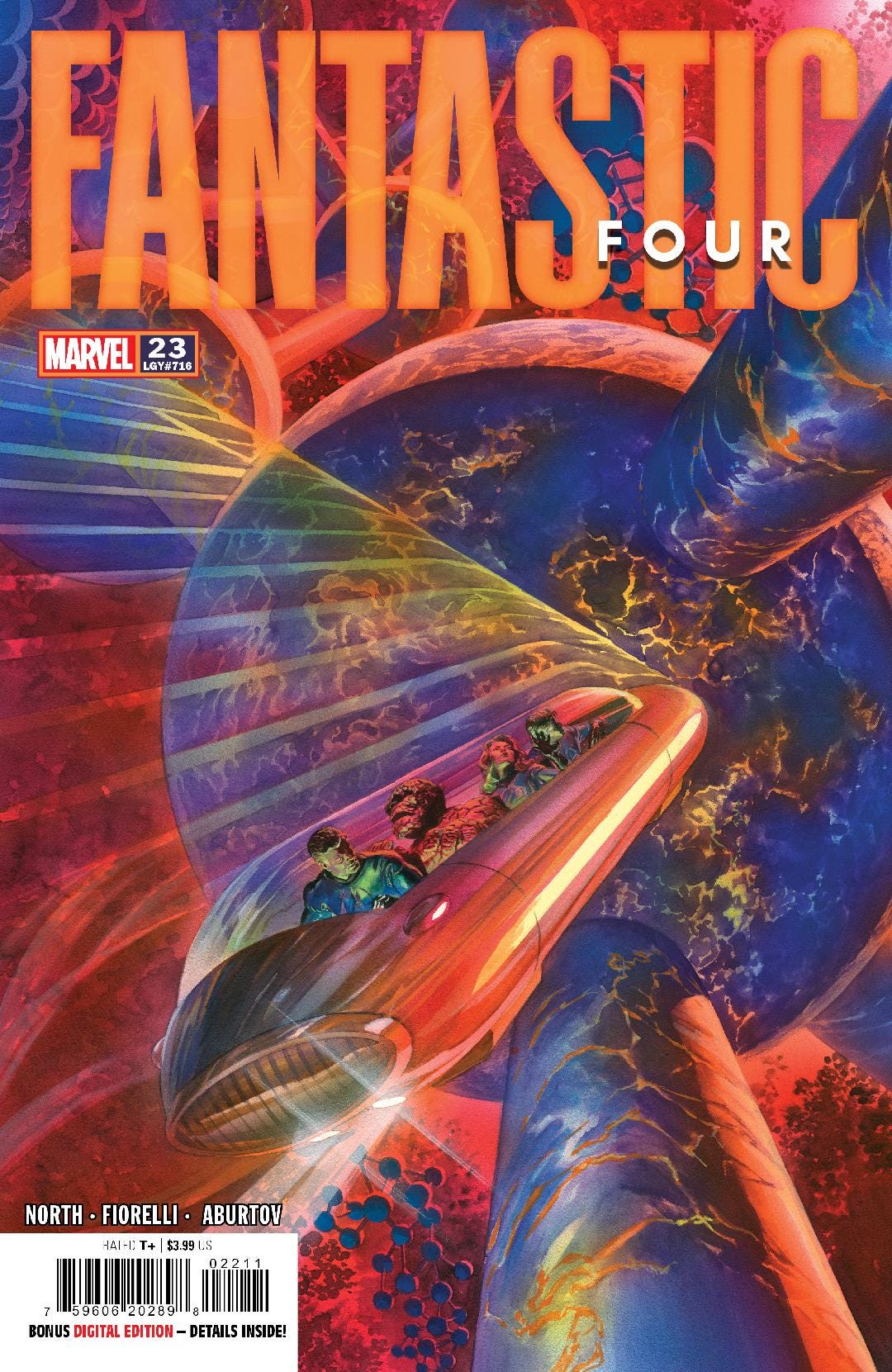
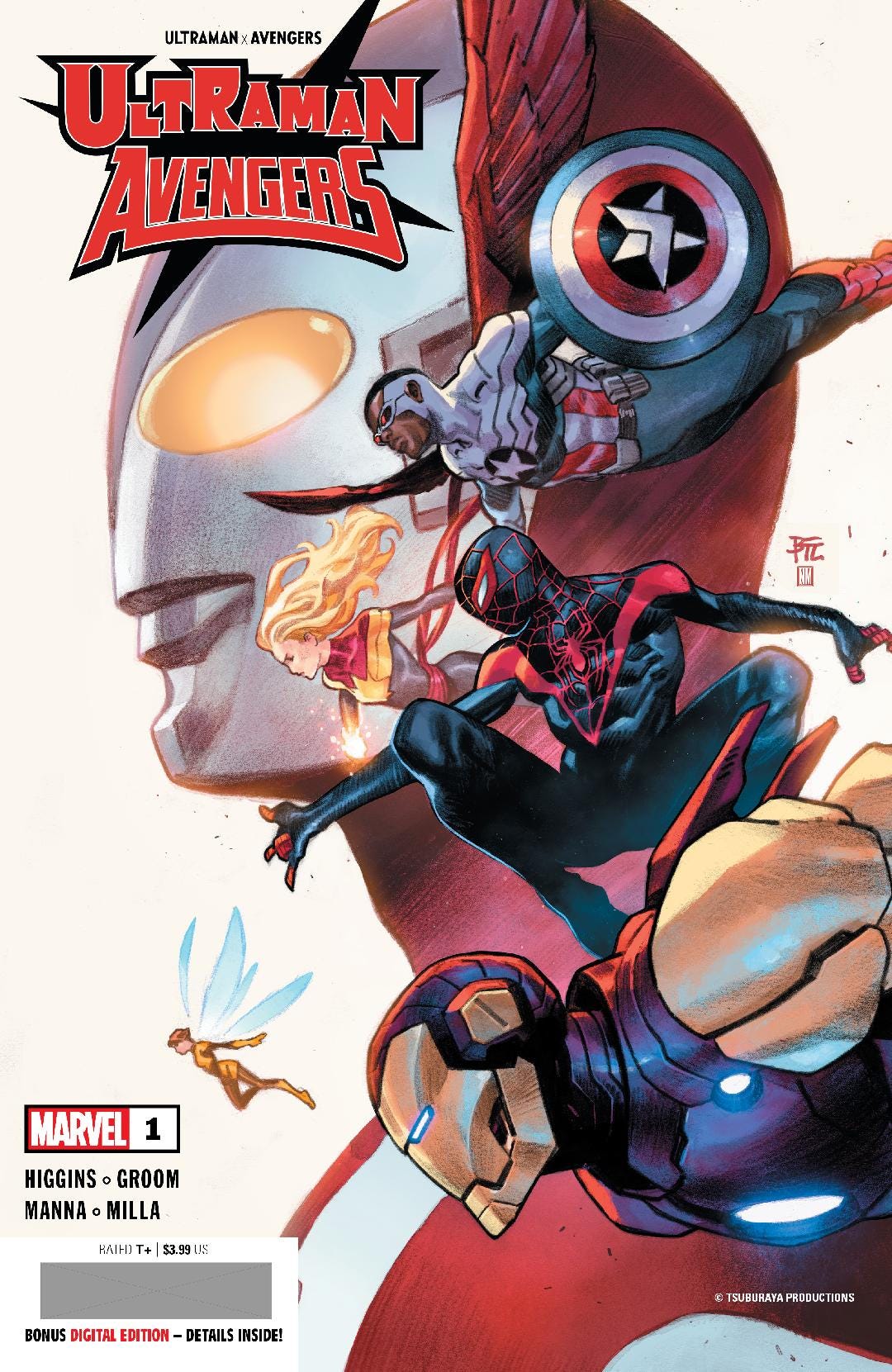
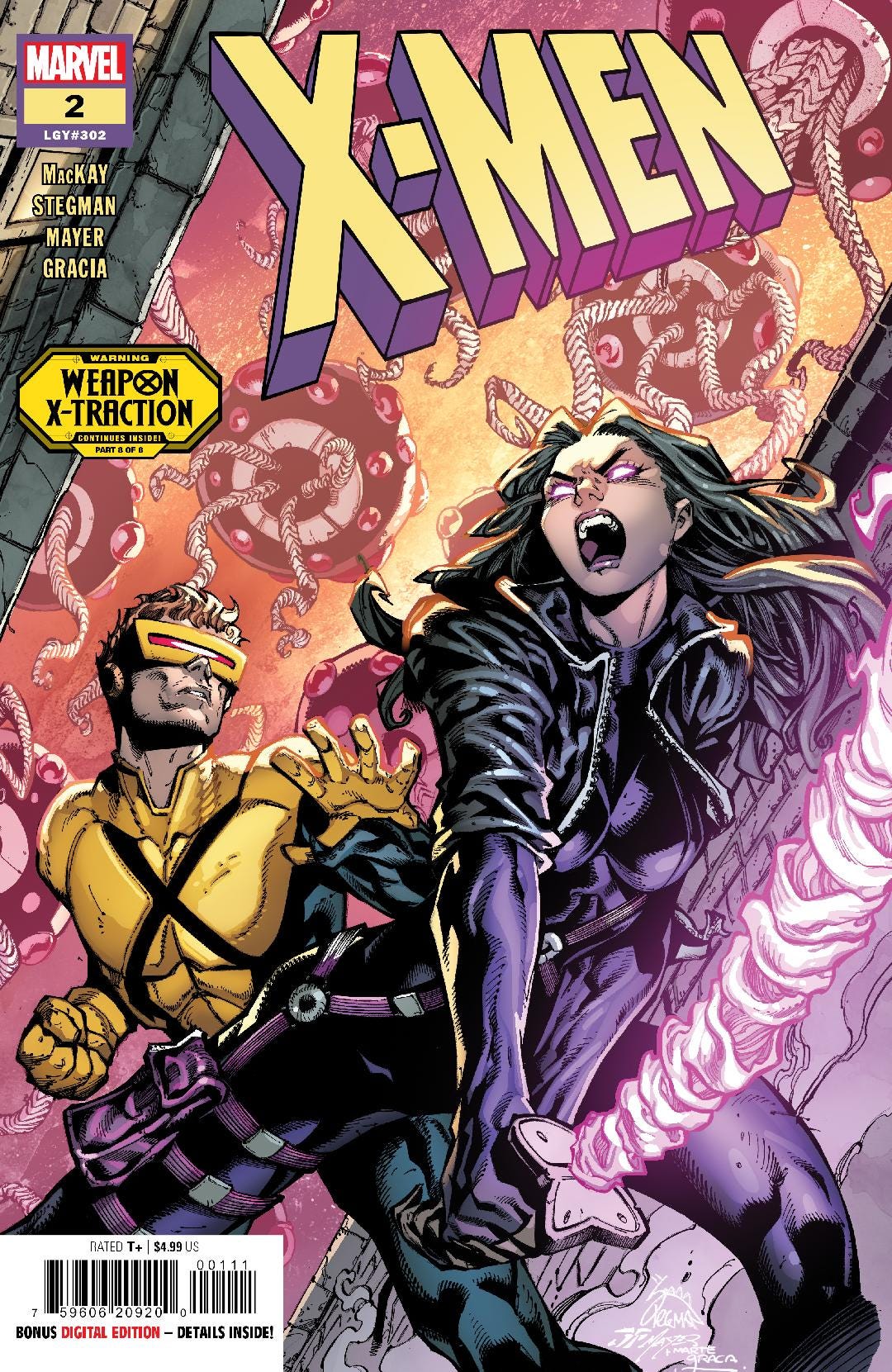
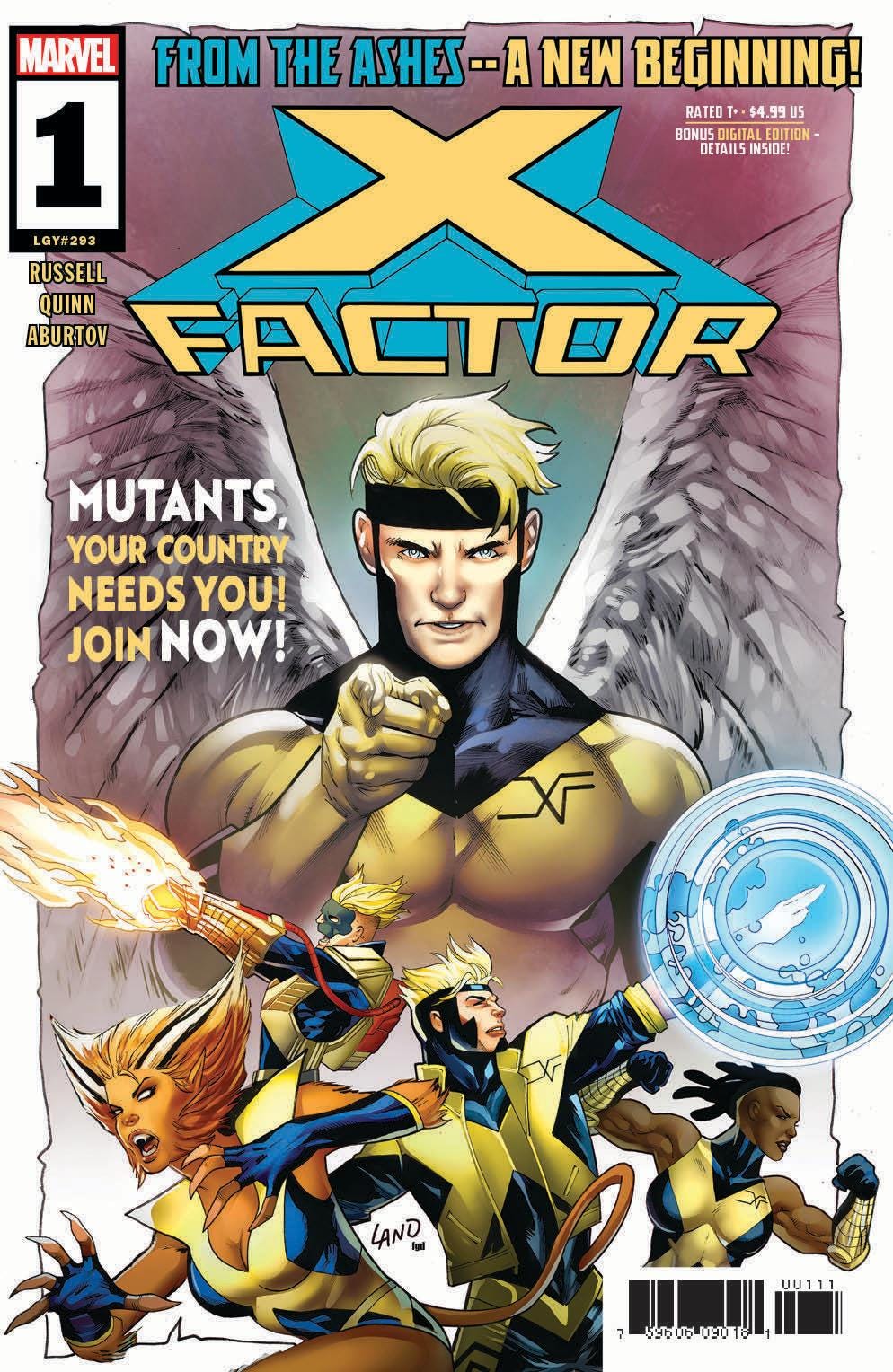
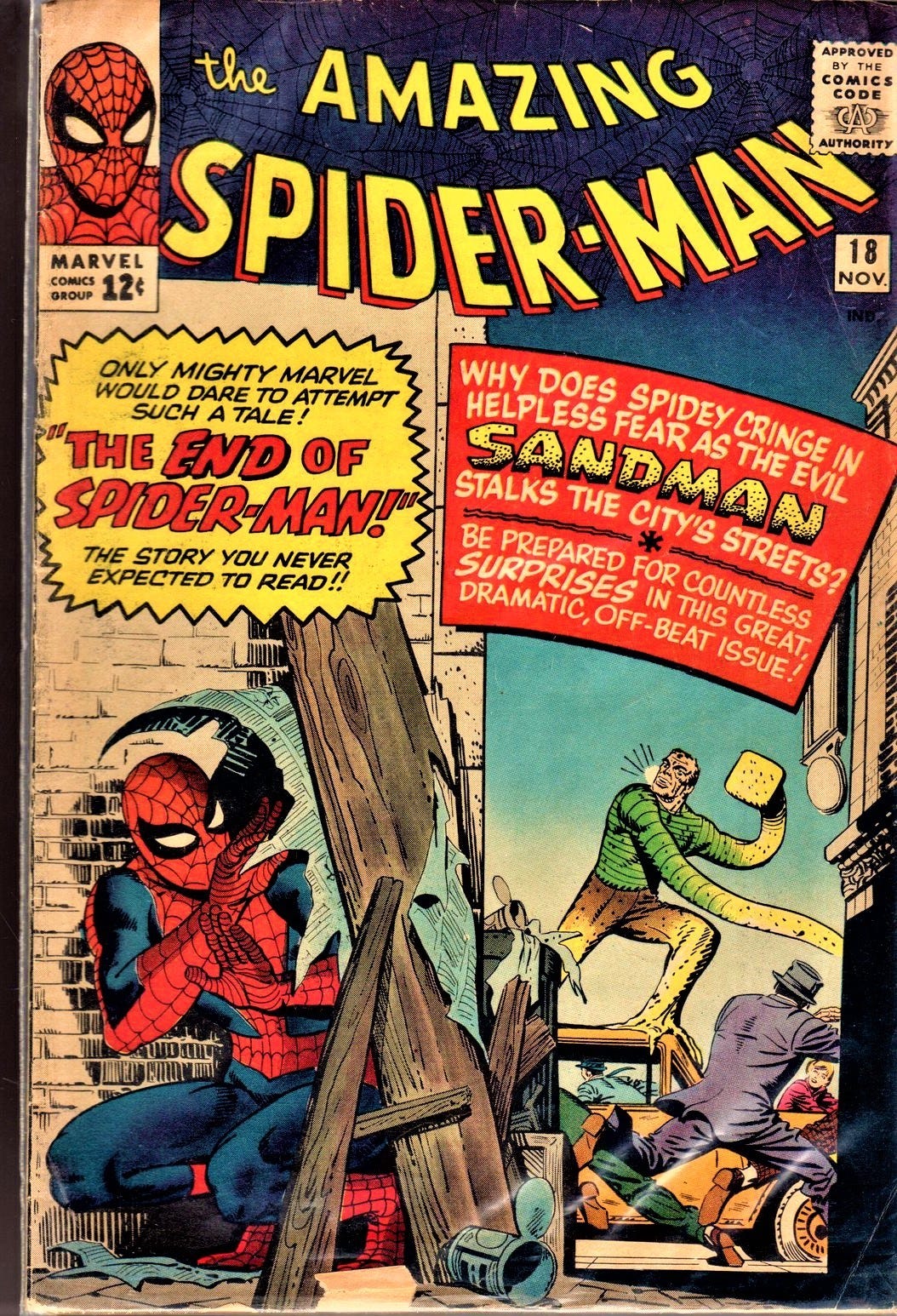
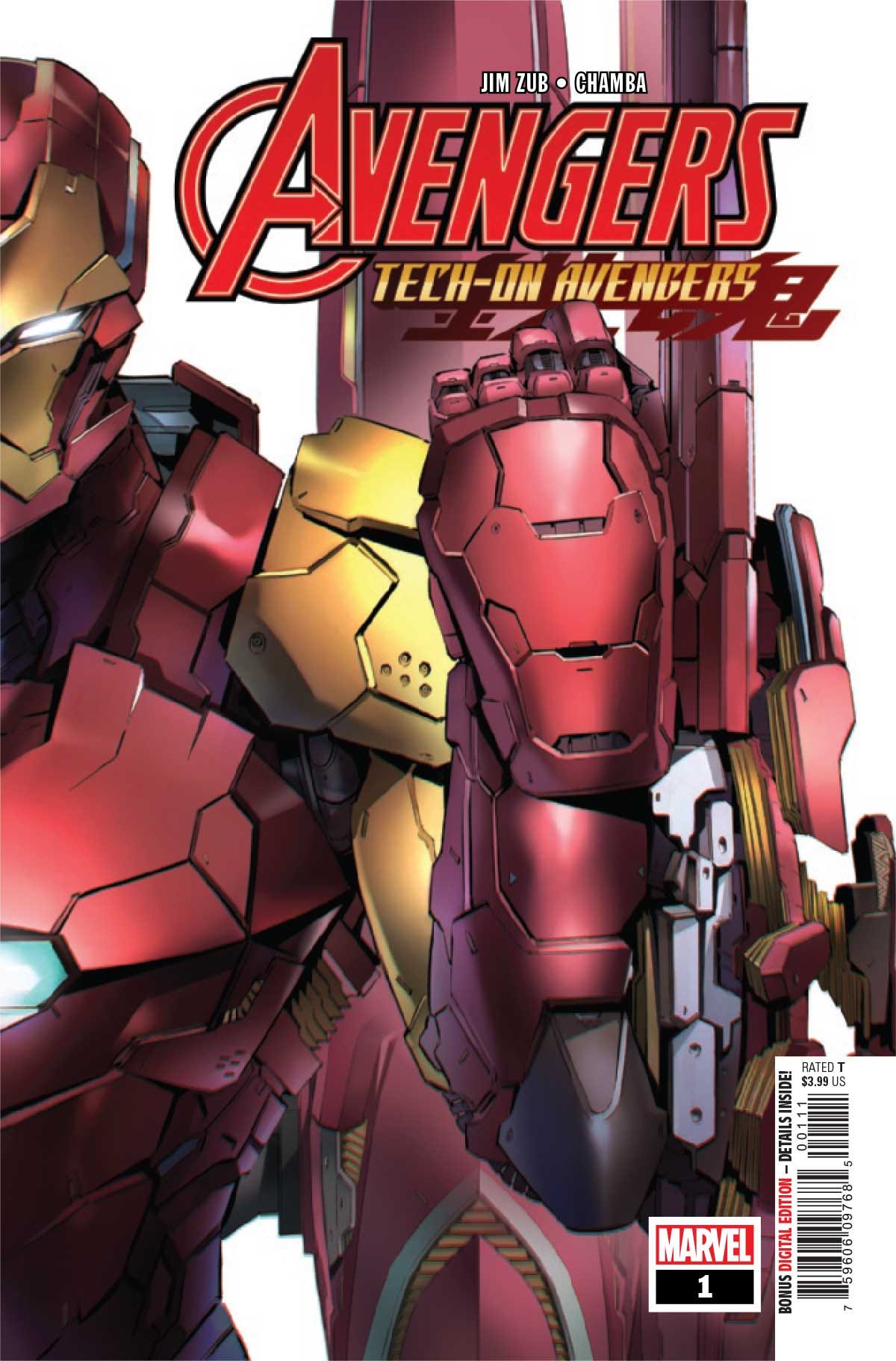
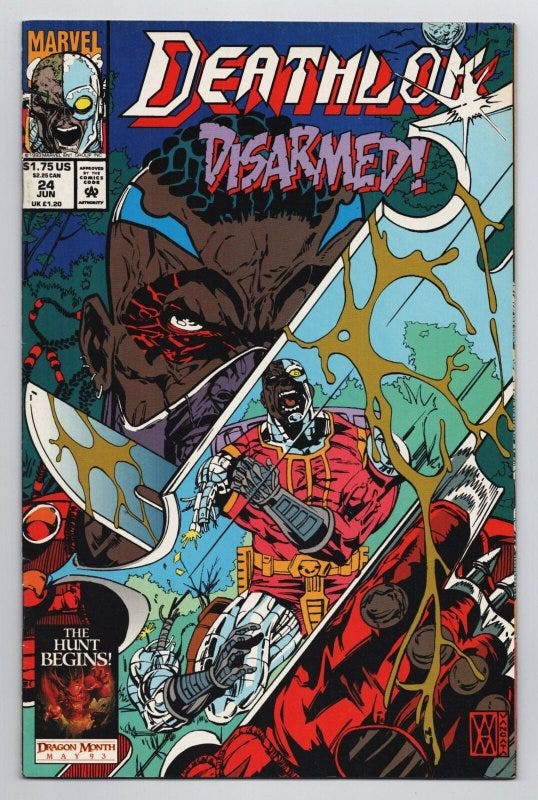
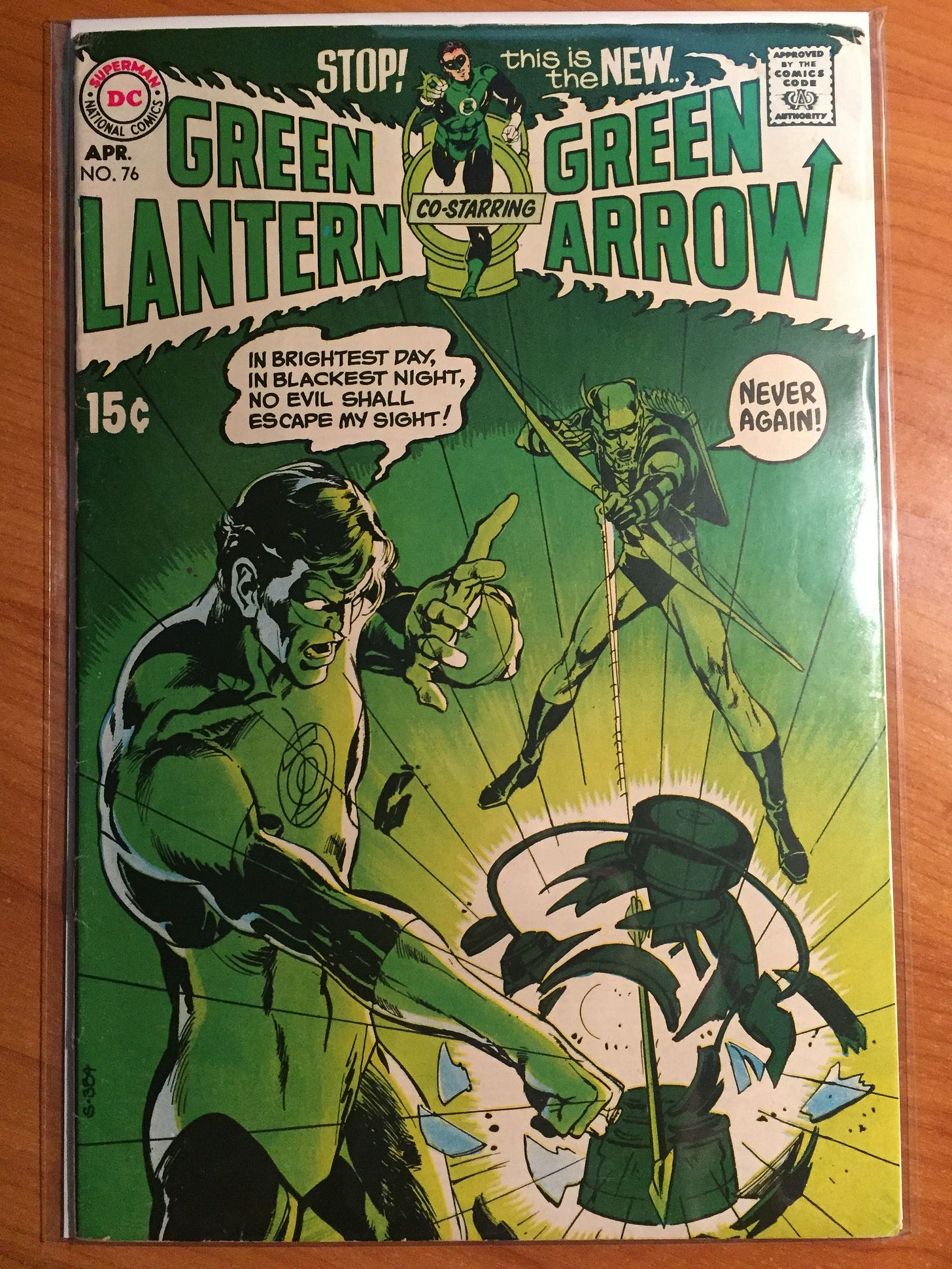
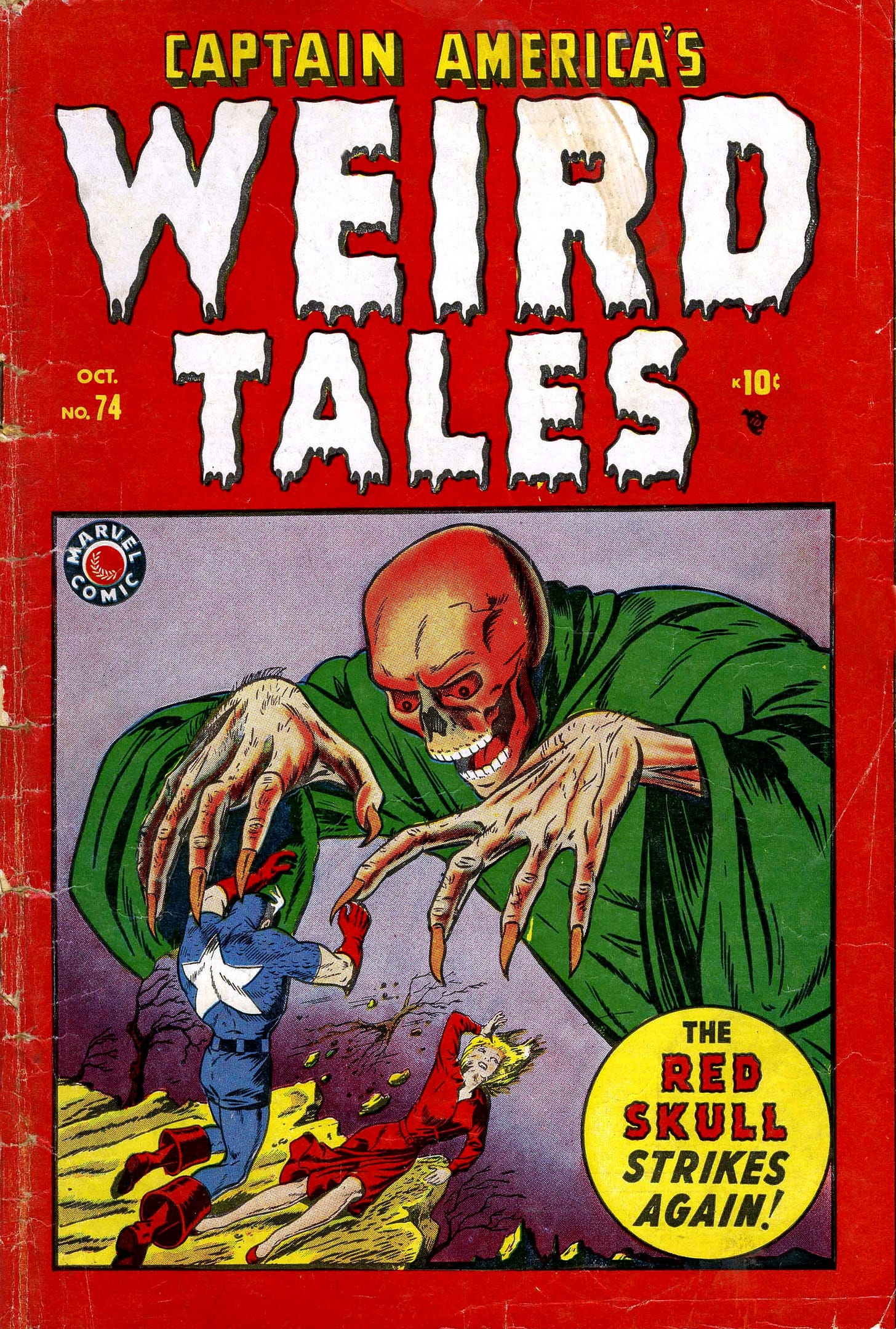
Friendly reminder that Grant Morrison's pronouns are they/them :)
Tom, we see that Jason Aaron's Namor is being promoted among the From The Ashes titles. With that in mind, do you have any plans to bring Namor into future mutant stories? I know it might be a bit early to ask this, but since you're someone who values long-term planning, I can't help myself.